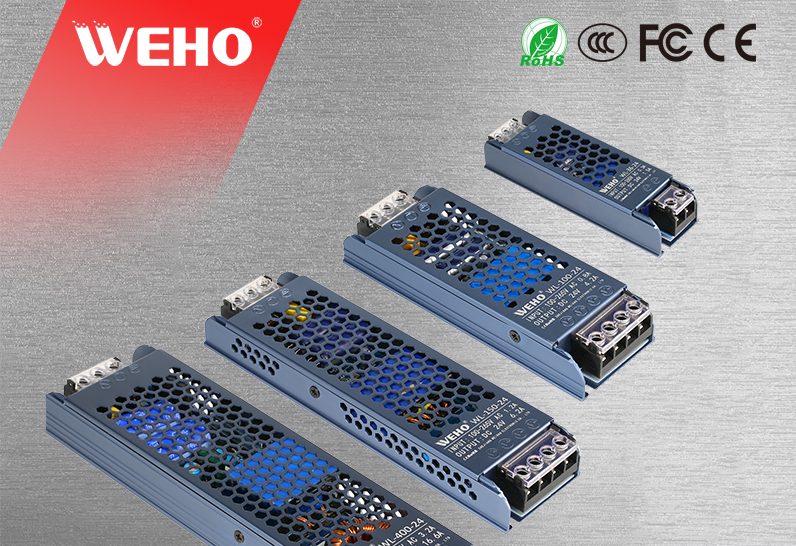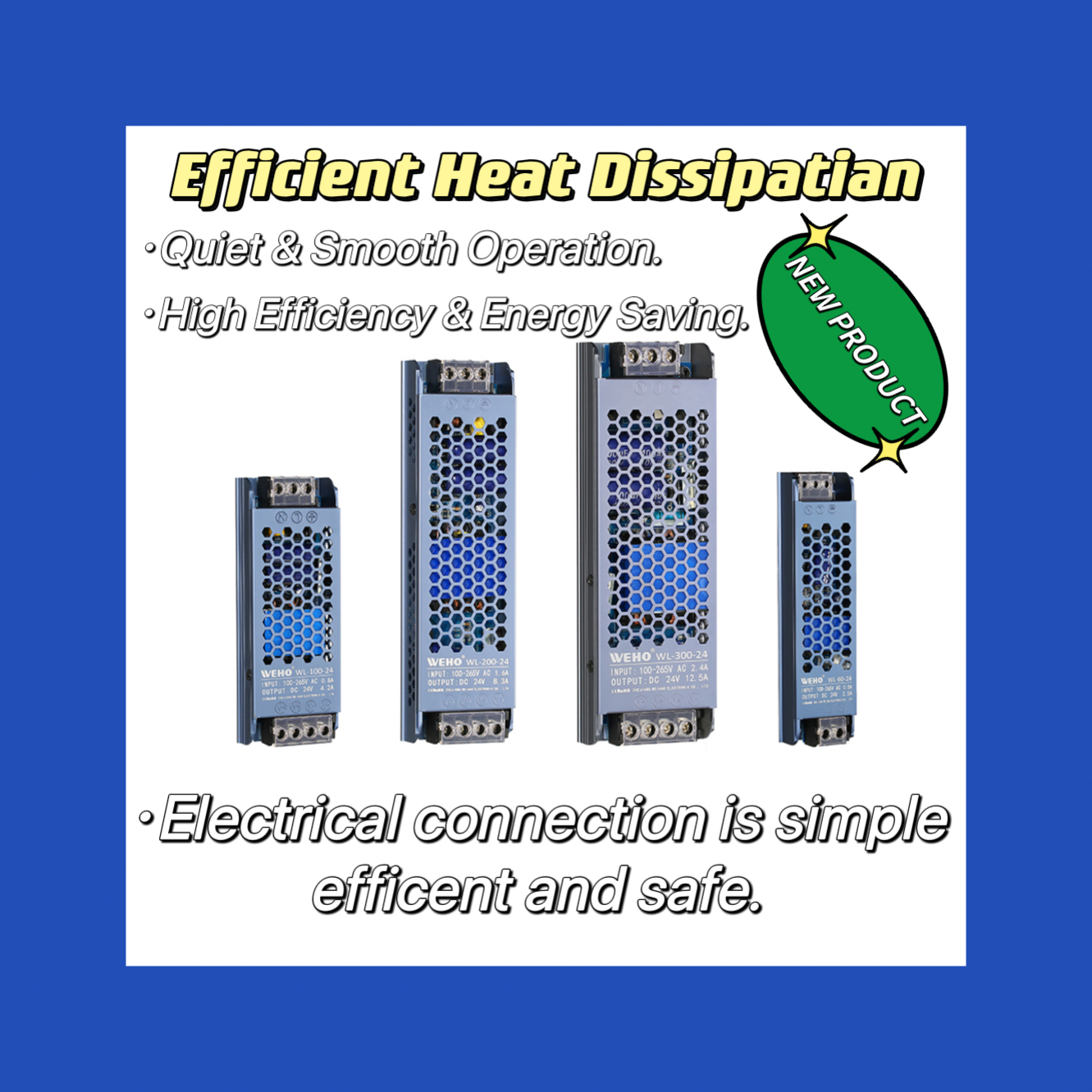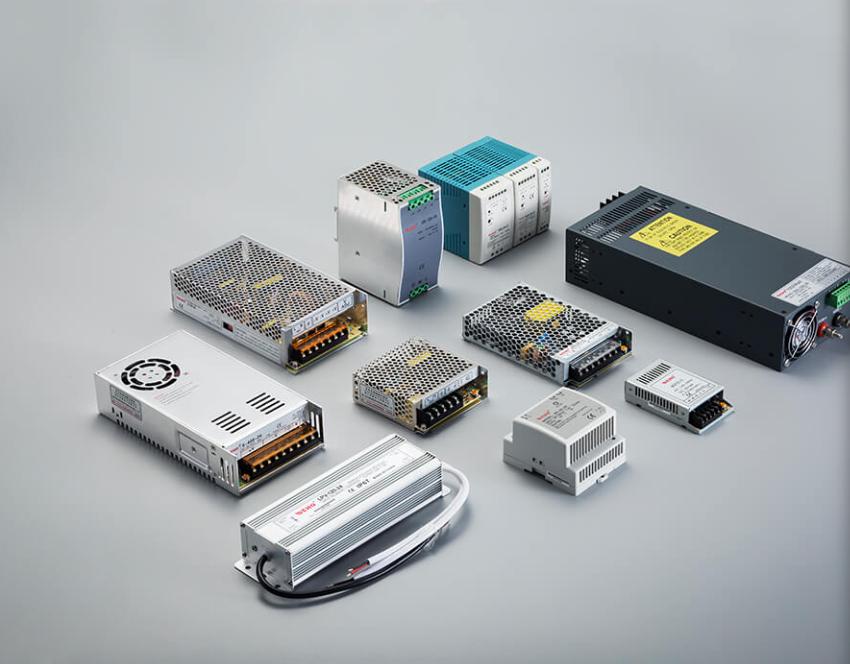Power supplies are the unsung heroes of our electronic devices, quietly providing the energy they need to function smoothly. When it comes to power supplies, two main types dominate the market: linear power supplies and switching power supplies. These technologies serve the same basic purpose but have distinct differences in terms of design, efficiency, and applications. In this article, we’ll delve into the intricacies of linear and switching power supplies, highlighting their differences and helping you determine which is better suited for your specific needs.
Linear Power Supply: Traditional Elegance
Linear power supplies have been around for decades. Its design is relatively simple: it takes an input voltage, steps it down or up as needed, and provides a consistent output voltage to the device it powers. This is accomplished by using a linear voltage regulator, which dissipates the excess voltage as heat. The following is a detailed description of the main features and benefits of linear power supplies:











